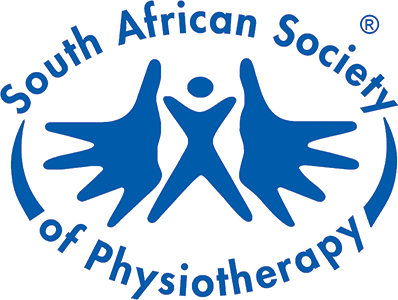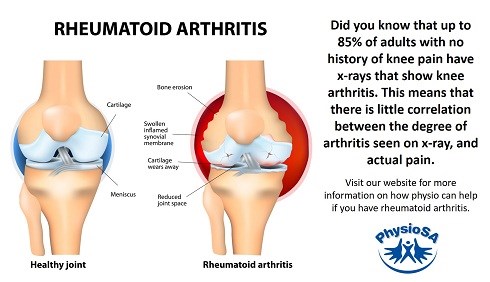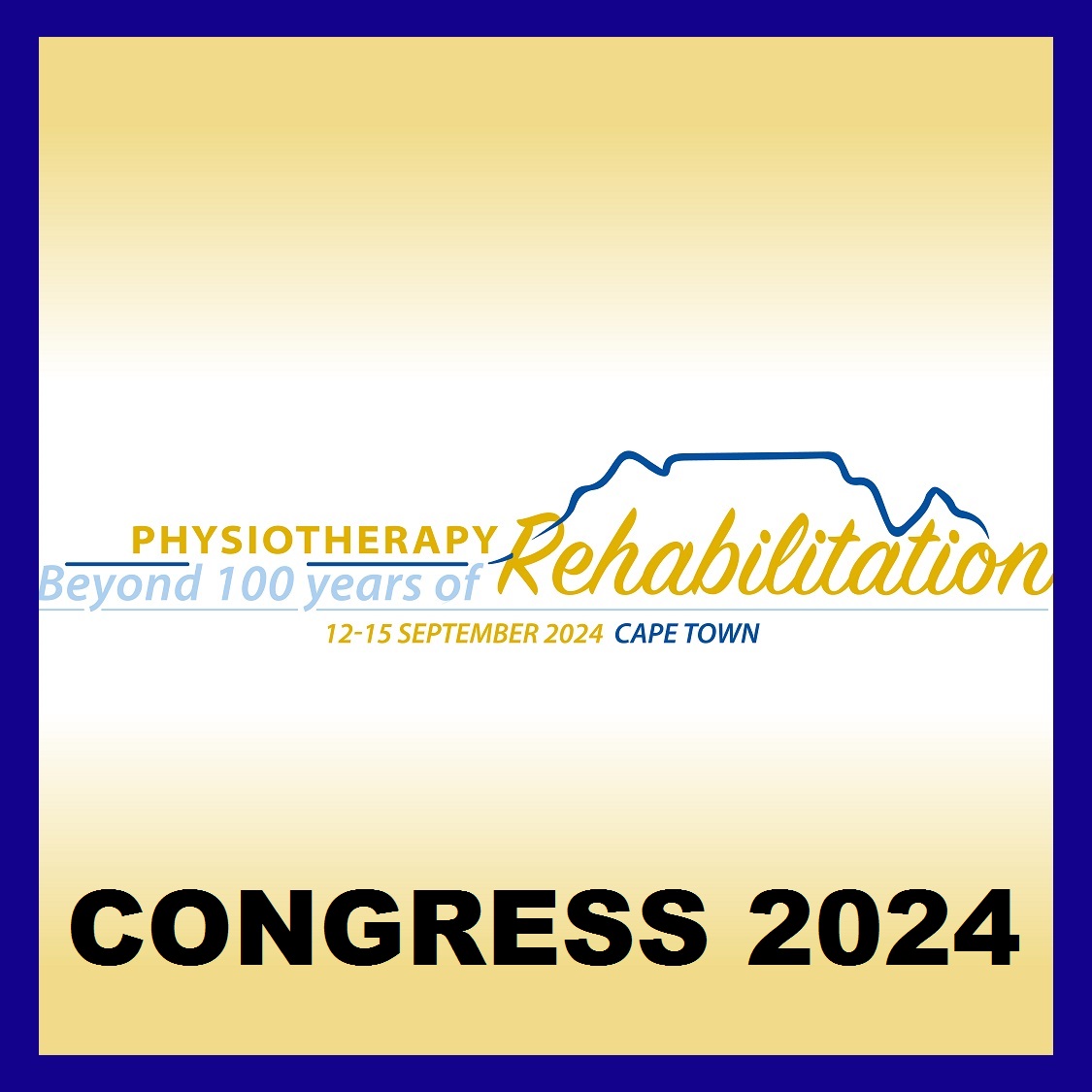Moving the goal posts
While it’s good to have a name to call the pain and inflammation you experience, a diagnosis of rheumatoid arthritis is never welcome. With Google handy on everyone’s phones, people can find doom-laden websites within minutes of leaving the specialist’s consulting room. The predictions are scary: continued joint inflammation and deterioration, and even a greater risk of a shortened life span.
That’s why teaming up with an understanding physiotherapist should be on your short list of things to do immediately. Physiotherapists are realists who know the science – but they’re also optimists who have seen great results in many patients, knowing that the scary X-ray of your joint does not predict the symptoms you will have. Up to 85% of adults with no history of knee pain have x-rays that show knee arthritis. This means that there is little correlation between the degree of arthritis seen on x-ray, and actual pain.
“Your first priority needs to be a light exercise programme,” says Dr Ina Diener, president of the South African Society of Physiotherapists. “We know that regular exercise – even regular movement, if you can’t handle anything strenuous – can go a long way towards keeping joints flexible, staving off deterioration and reducing inflammation and pain. Physiotherapists with experience in treating the effects of rheumatoid arthritis can tailor-make an exercise programme to the individual patient, to strengthen specific muscles and mobilise tissues and maintain cardio-vascular fitness. They can also help with a range of therapeutic modalities that maintain joint range of movement, reduce pain and decrease inflammation.”
Temperature plays a critical role in rheumatoid arthritis – cold, for example, can reduce the action of enzymes that destroy precious cartilage in the joints. A physiotherapist has a BSc degree that provides a solid scientific background, and a lifetime of continuing professional education to know when to apply heat and when to apply cold to get maximum relief and the least damage.
Pain can be relieved through techniques such as transcutaneous electrical nerve stimulation (TENS) therapy, and hydrotherapy (treatment or exercise in water) can help increase the range of motion, ease spasm and, crucially, strengthen muscles (rheumatoid arthritis patients are at risk of losing muscle strength).
“With the right balance of rest and activity, and an informed and skilled choice of therapies, and a positive outlook, there’s every reason for someone who has just received a rheumatoid arthritis diagnosis to feel hopeful,” says Dr Diener.
Physiotherapy for rheumatoid arthritis can:
Relieve pain
Increase range of motion
Strengthen muscles
Ease spasm
Keep your heart healthy








